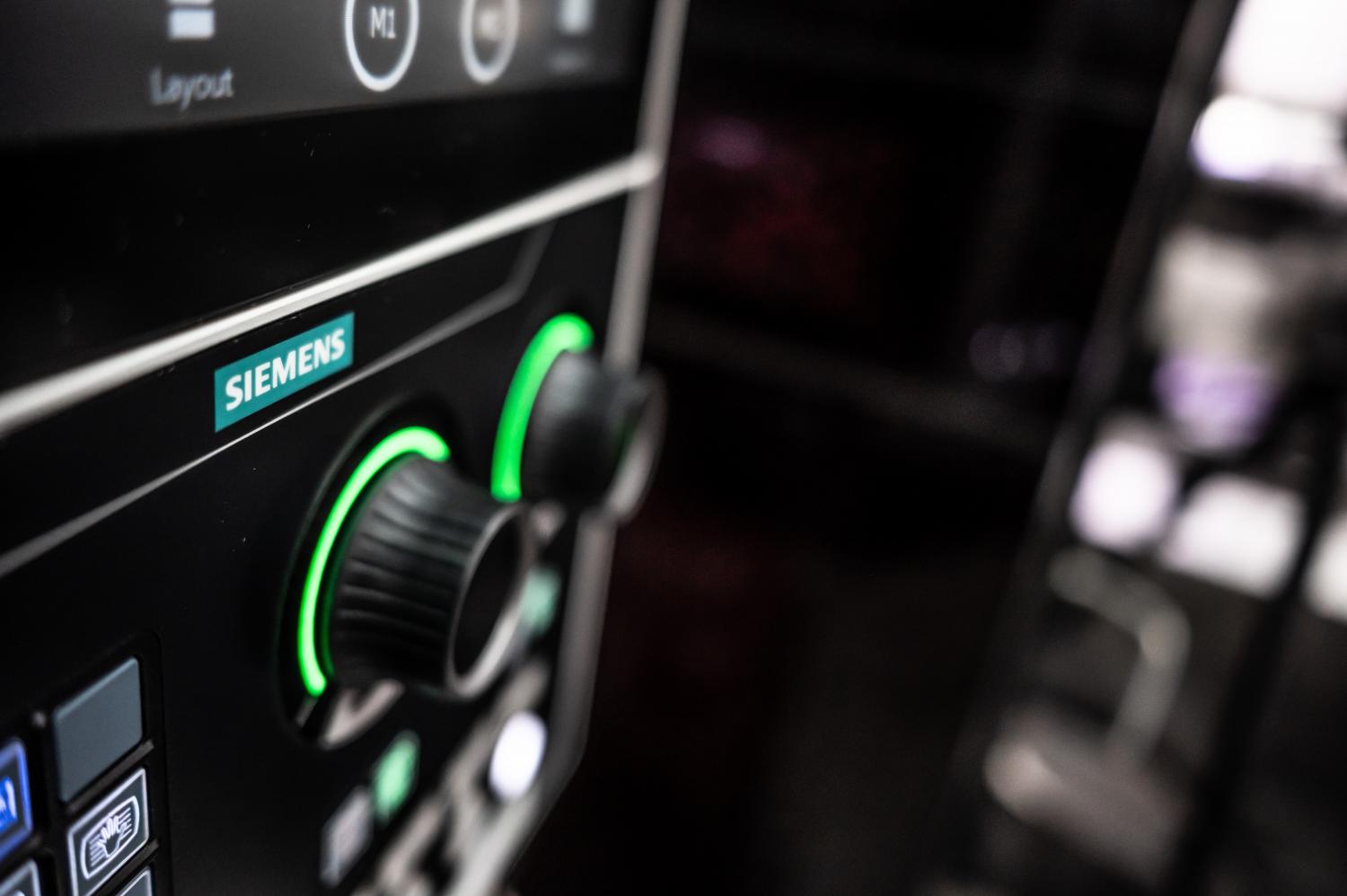Fryer Machine Systems supplies an American guitar builder with milling machines for the production of high-quality guitars. Right-angle head compensation is essential to the accurate, repeatable milling of guitar necks — an easy task for the Sinumerik 840D sl CNC on board Fryer machines.
Martin guitars
The challenge of repeatable product performance is not new to C.F. Martin & Company. Six generations ago, company founder C. F. Martin Sr. was confronted with managing a guitar-making enterprise that was producing totally handcrafted guitars, one by one, with little means for standardization. Since those days, guitar legends such as Gene Autry, Eric Clapton, John Mayer and new comers Ed Sheeran and Hunter Hayes have relied on the consistently distinctive tone, treble and bass specific to Martin acoustic guitars. When Martin learned that its previous machine tool builder had exited the market, the company turned to Fryer Machine Systems for new machines to cover a production increase and seized the opportunity to upgrade the control technology with Sinumerik CNCs.

“We use right-angle head aggregates in our CNCs,” explains Mark Bickert, engineering project manager at Martin. “We needed to fi nd a machine builder that could give us right-angle head aggregate capability in conjunction with right-angle head compensation and a high-rpm spindle.” Fryer Machine Systems has earned a reputation for building reliable production machines that come with unexpectedly advanced features and functionality. The company happens to be the largest purchaser of Siemens controls in the United States, and the customizable aspects of a Fryer machine can often be attributed to the versatility of the Siemens controls on board. This time, however, Martin needed to be certain that the new Fryer machines would perform as expected.
“Anyone can sell you a machine with a controller on it and say, ‘Here you go,’” Bickert says. “But that’s not what happened this time. We were buying a machine through a Fryer dealership, and the machine had a Siemens control. Siemens invested their time in us during our transition and set-up. They really excelled.”
Bickert says a potential constraint to the transition was that all-new milling programs might need to be written for the Fryer machines, including the right-angle head cutter compensation programs, which were essential. “Siemens not only gave us the right-angle head cutter compensation we wanted and the ability to do it properly, they also helpedwrite the programs,” Bickert says. “They took the programs that we already had for cutting parts on our existing machines and reconfi gured them to work in the Fryer machine with the Siemens controller.”

Having made a smooth transition to the company’s new Fryer-built machines last year, Martin has not skipped a beat in its ability to perform right-angle compensation milling. Martin now has eight Fryer/Siemens machines, utilizing one for the guitar maker’s tooling and machinery operations and seven for various other guitar production operations. It is here, behind the scenes, that the company’s machinists reside and modern CNC technology and Old World craftsmanship come together to create the fixtures, tools and wherewithal that contribute to the mastery of Martin guitar making. It is also here that Martin found a way to bring previously outsourced operations in-house, a step that has improved repeatable production quality while reducing production costs. “The machining of our castings had been another hurdle for us,” says Terry Kline, Martin’s manager of tooling and machinery. Until the company invested in the Fryer machines with the Siemens controls, Martin had outsourced the machining of its guitar body castings, with inconsistent results. “Now we’re holding close tolerances on our guitar body castings,” Kline says. “The quality of the castings is consistently accurate.”

On a daily basis at Martin, Kline sees what is possible when CNC technology and craftsmanship work together. “Without CNC technology, we’d be still carving out all our necks by hand, and that’s just not efficient enough to compete in today’s world,” he says. The intersection of technology and craftsmanship has come naturally for this 180-year-old guitar company, without one side compromising the other. “I think every manufacturing company needs to embrace technology,” says Kline. “Technology and craftsmanship go hand-in-hand. People are amazed by how much handwork still goes into our guitars. We’ll build a neck and a body and then assemble the two elements together, which makes that guitar come to life.”


